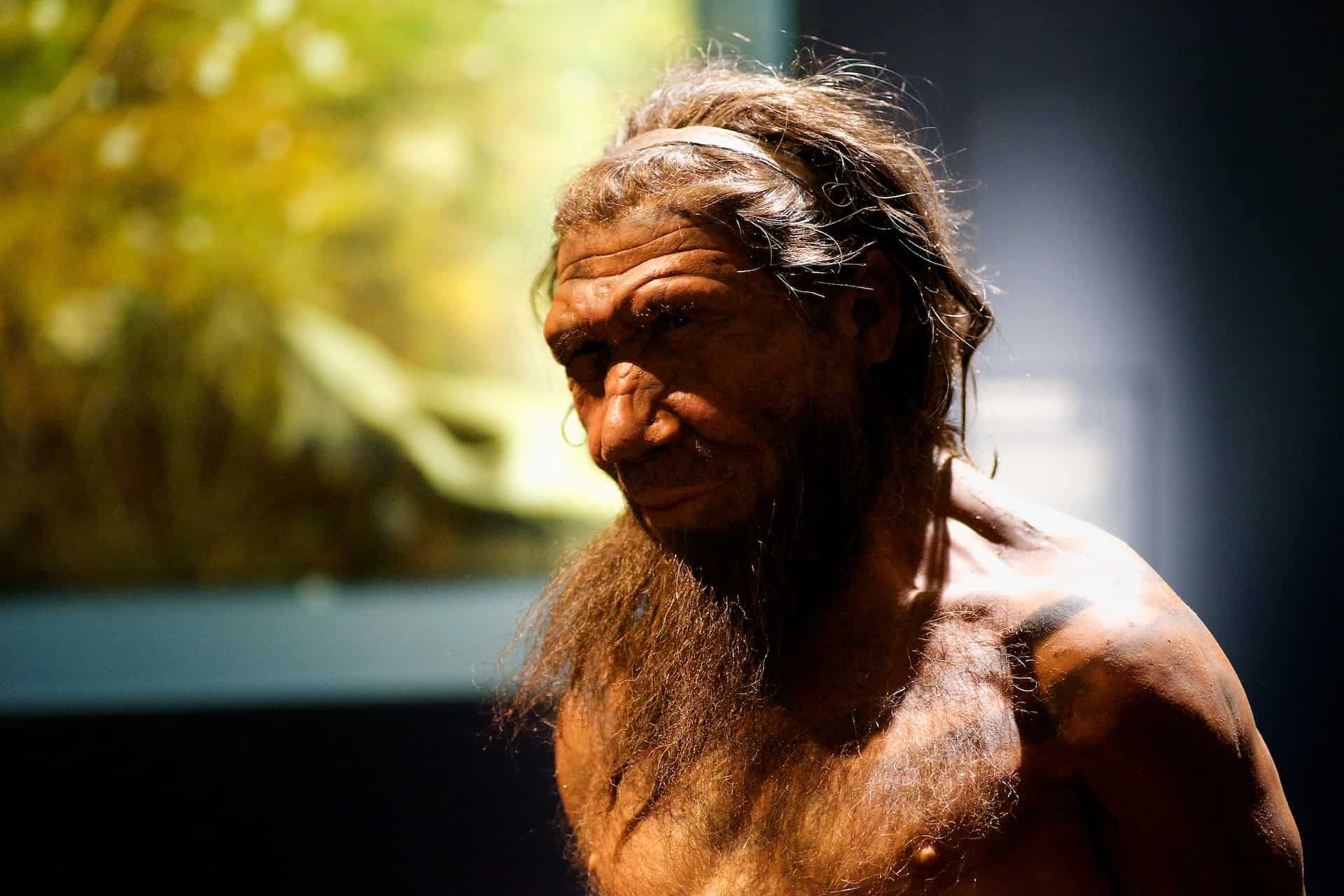Genetic material from Neanderthal ancestors might have contributed to the tendency of some people today to be early risers, the sort of people who prefer getting up and going to bed earlier, according to a new study. This is because Neanderthal DNA might have influenced the circadian rhythms of modern humans.

The emergence of modern humans can be traced back to Africa approximately 300,000 years ago, where environmental factors shaped many of their biological features. About 70,000 years ago, the ancestors of modern Eurasian humans started to migrate out to Eurasia, where they encountered new environments, including higher altitudes with greater seasonal variation in daylight and temperature.
Other hominins, such as the Neanderthals, had lived in Eurasia for over 400,000 years. These hominins diverged from modern humans 700,000 years ago, and as a result, our ancestors and Neanderthals evolved under different environmental conditions. This resulted in the accumulation of lineage-specific genetic variation and phenotypes.
When modern humans came to Eurasia, they interbred with the Neanderthals, and this created the potential for humans to gain genetic variants already adapted to these new environments. Previous studies have shown that much of the Neanderthal ancestry in modern humans was removed by natural selection, but some remained, especially linked to adaptation to the Eurasian environment.
There, where Neanderthals lived for several thousands of years, there are more variable daylight times than in the landscape where modern humans evolved before leaving Africa. Thus, researchers at the University of California in San Francisco decided to explore whether there was genetic evidence for differences in the circadian clocks of Neanderthals and modern humans.
Ancient genetic clock
The circadian rhythm is the internal clock that guides day and night activities in almost all living organisms, including humans. This system has evolved to help us adapt to changes in our environment and anticipate changes in temperature and food availability. Without it, modern humans wouldn’t be able to optimize energy expenditure and the body’s physiology.
In their study, the researchers defined a set of 246 circadian genes through a combination of literature search and expert knowledge. They found hundreds of genetic variants specific to each lineage with the potential to influence genes involved in the circadian clock. Using AI methods, they pinpointed 28 genes with variants that could alter gene expression in Neanderthals and 16 genes likely regulated differently in Neanderthals and in modern humans.
This suggested that the circadian clocks of the two weren’t the same. To test this, the researchers explored whether introgressed genetic variants (variants that moved from Neanderthals to modern humans) are associated with the preferences for wakefulness and sleep. This data was collected from the UK Biobank, a health and genetic information database of 500,000 people.
They found many introgressed variants that likely affect sleep preference, and also that these variants constantly increase “morningness”, the propensity to wake up early. Increased morningness in humans is associated with a shortened period of the circadian clock. This can be beneficial at higher latitudes, as it’s been shown to enable faster alignment of sleep-wake cycles with external timing cues.
“By combining ancient DNA, large-scale genetic studies in modern humans, and artificial intelligence, we discovered substantial genetic differences in the circadian systems of Neanderthals and modern humans,” study author John Capra said in a news release. “Then by analyzing the bits of Neanderthal DNA that remain in modern human genomes we discovered a striking trend: many of them have effects on the control of circadian genes in modern humans.”
Next, the researchers want to apply their analyses to more diverse human populations, exploring the effects of the Neanderthal variants they identified on the circadian clock in model systems, and applying similar analyses to other potentially adaptive traits.
The study was published in the journal Genome Biology and Evolution.


